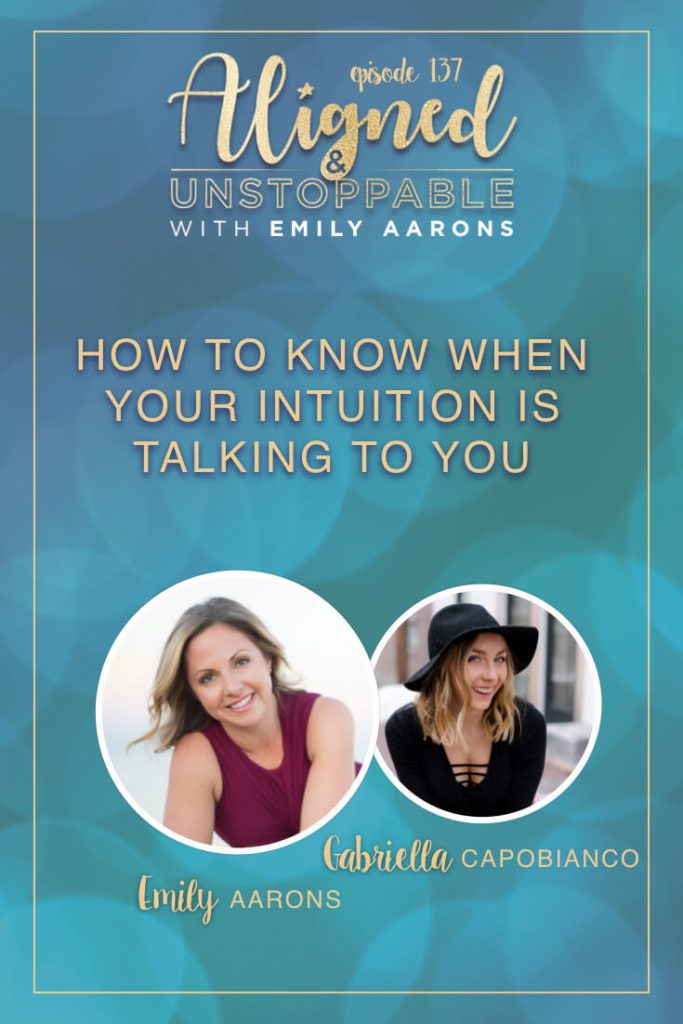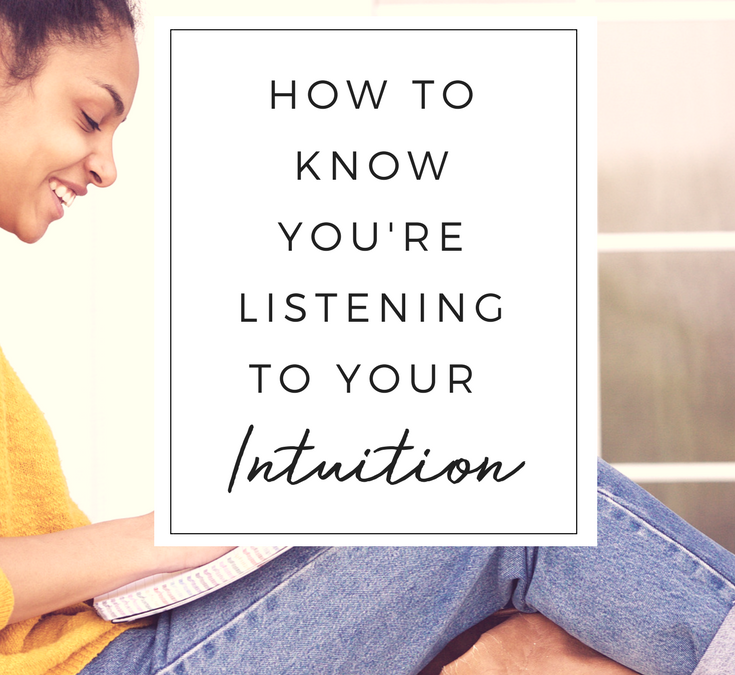How To Know When Your Intuition Is Talking To You

Are you second-guessing crucial decisions? Unlock your inner compass: learn to distinguish genuine intuition from fear and wishful thinking.
This article cuts through the noise, providing actionable insights on recognizing and harnessing your intuitive voice for improved decision-making and heightened self-awareness.
Deciphering Intuition: The Core Signals
Intuition, often described as a gut feeling, is a complex cognitive process drawing on past experiences and subconscious observations. It manifests differently for everyone, but common indicators exist. Knowing these signals is the first step.
Physical Sensations: Tuning Into Your Body
Many people experience intuition as a physical sensation. This might manifest as a knot in your stomach when facing a bad decision, or a feeling of lightness and ease when something feels right.
Pay attention to these subtle cues; they are your body's way of communicating. Ignore them at your peril.
Sudden Insights: "Aha!" Moments
Intuition frequently surfaces as sudden, inexplicable insights. These "aha!" moments often appear when you least expect them.
These flashes of clarity bypass logical reasoning, offering a direct answer or a novel perspective.
Emotional Resonance: Feeling the Truth
Your emotions can be a powerful indicator of intuition. Notice how a potential decision makes you feel.
Does it evoke joy, peace, and excitement, or anxiety, dread, and unease? Authentic intuition is often accompanied by a sense of emotional alignment.
Distinguishing Intuition From Other Influences
The key to harnessing intuition lies in differentiating it from fear, wishful thinking, and ingrained biases. This is where many stumble.
Fear vs. Intuition: Identifying the Root Cause
Fear can masquerade as intuition, leading to avoidance and missed opportunities. Ask yourself: is this feeling based on past trauma or a genuine assessment of the present situation?
Intuition empowers; fear paralyzes. Learn to tell the difference; it is critical.
Wishful Thinking: Separating Desires from Reality
Avoid confusing your desires with intuitive guidance. Wishful thinking often ignores red flags and amplifies potential benefits.
Be honest with yourself. Is your judgment clouded by what you want to be true, or by what you truly feel is right?
Bias Recognition: Unmasking Preconceived Notions
We all carry unconscious biases that can influence our perceptions. Before acting on a "gut feeling," consider whether it might be rooted in prejudice or ingrained assumptions.
Challenge your beliefs, seek diverse perspectives, and strive for objective evaluation. Doing so can help you avoid repeating past mistakes.
Honing Your Intuitive Abilities
Intuition isn't a magical gift; it's a skill that can be developed and refined through conscious practice. There are specific actions that can help you improve this skill.
Mindfulness Meditation: Cultivating Inner Awareness
Regular meditation enhances self-awareness and quiets the mental chatter that can obscure intuitive signals. Even a few minutes of daily mindfulness can make a significant difference.
By observing your thoughts and feelings without judgment, you create space for intuition to emerge. This practice is widely supported by evidence and readily available.
Journaling: Documenting Your Intuitive Experiences
Keep a journal to track your intuitive insights and their outcomes. Note the situations, your feelings, and the eventual results.
Over time, you'll start to recognize patterns and develop a deeper understanding of your unique intuitive language. Dr. Judith Orloff, a renowned psychiatrist, advocates for this practice in her books on intuition.
Creative Expression: Unleashing Your Inner Voice
Engaging in creative activities, such as painting, writing, or music, can unlock your intuitive potential. These activities bypass the logical mind and allow your subconscious to express itself.
Don't focus on perfection; simply allow yourself to explore and experiment. The act of creation can be a powerful catalyst for intuitive breakthroughs.
Next Steps: Embracing Intuition in Daily Life
Start small. Begin by paying attention to your gut feelings in low-stakes situations. Practice the techniques outlined above consistently.
With time and dedication, you can cultivate a stronger connection to your intuition and use it to guide your decisions with greater confidence. Stay tuned for follow-up articles on advanced intuitive techniques and real-world applications.


















